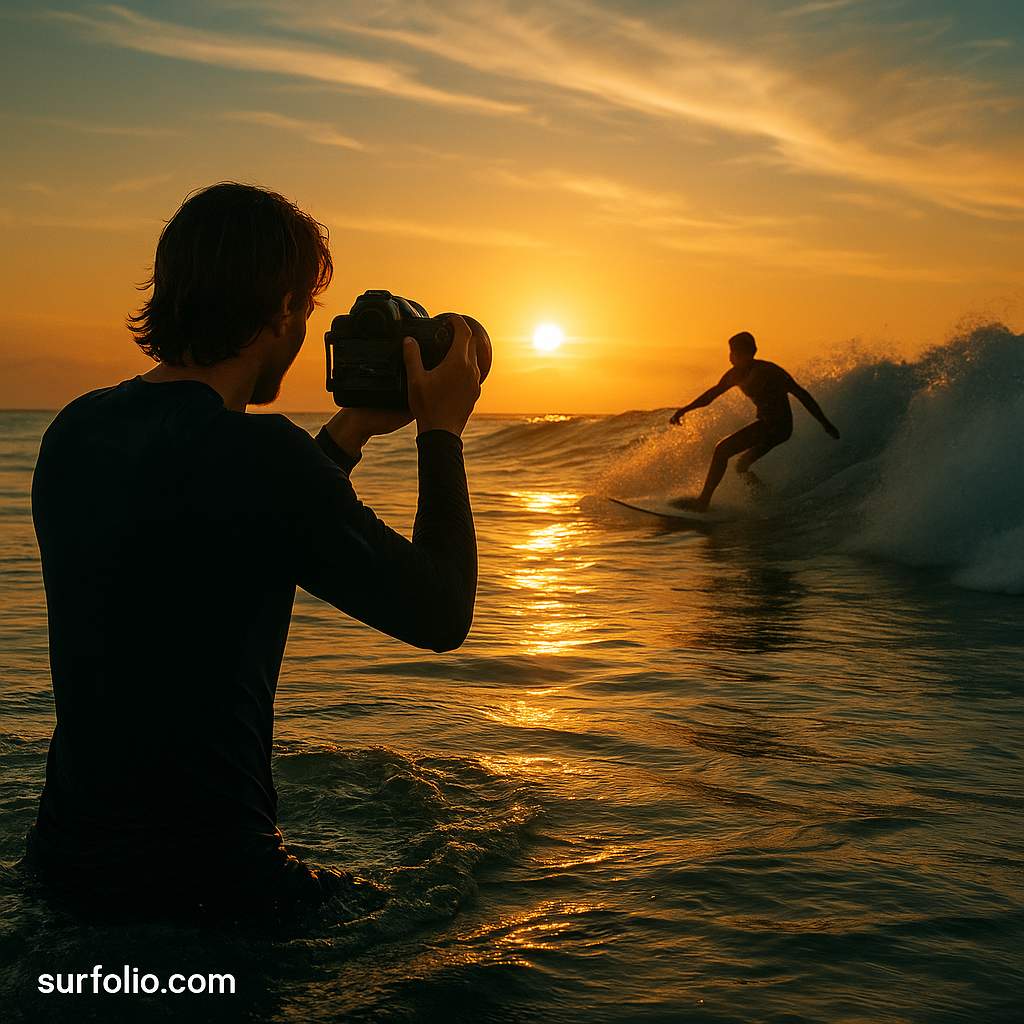
Surf photography is more than just snapping a surfer on a wave—it’s about capturing movement, mood, and the essence of the ocean itself. Whether you’re shooting from the beach or paddling out with a waterproof camera, a few key techniques can turn average surf shots into magazine-worthy images.
Know Your Equipment
You don’t need the most expensive gear to get started. A DSLR or mirrorless camera with a zoom lens works well from shore, while action cameras like GoPros are perfect for in-water shots. Always use a waterproof housing if you’re shooting in or near the water. Practice switching settings quickly since waves and lighting change fast.
Master the Lighting
Early morning and late afternoon, often called “golden hours,” create the best natural lighting. The soft, angled sunlight highlights the texture of waves and gives skin tones a warm glow. Midday light can be harsh, so use it to your advantage for high-contrast, dramatic shots—especially in clear tropical waters.
Frame for Movement
Anticipation is everything in surf photography. Track the surfer through your viewfinder, and press the shutter just before the moment of action—a bottom turn, a spray, or a barrel. Use continuous shooting mode to capture several frames per second, giving you multiple options to choose from later.
Find Your Perspective
Vary your angles to make your photos stand out. From the beach, crouch low to exaggerate the height of waves. From the lineup, use a wide-angle lens to show the surfer and the vast ocean backdrop. Don’t be afraid to experiment—some of the best surf shots come from unexpected positions.
Capture Emotion and Story
The magic of surf photography isn’t only in the waves—it’s in the people. Capture the joy of paddling out, the concentration before a takeoff, or the calm between sets. These in-between moments tell stories that pure action shots can’t.
Editing for Impact
Post-processing helps bring your surf photos to life. Adjust contrast and warmth to emphasize sunlight, and tweak shadows to reveal texture in the water. Avoid over-editing; natural tones keep your photos authentic and timeless.
Final Thoughts
Surf photography teaches patience, timing, and an appreciation for the ocean’s rhythm. Start simple, learn how light interacts with water, and let your style evolve. Over time, you’ll find that every wave tells a story—and your lens becomes the bridge between ocean energy and human expression.
